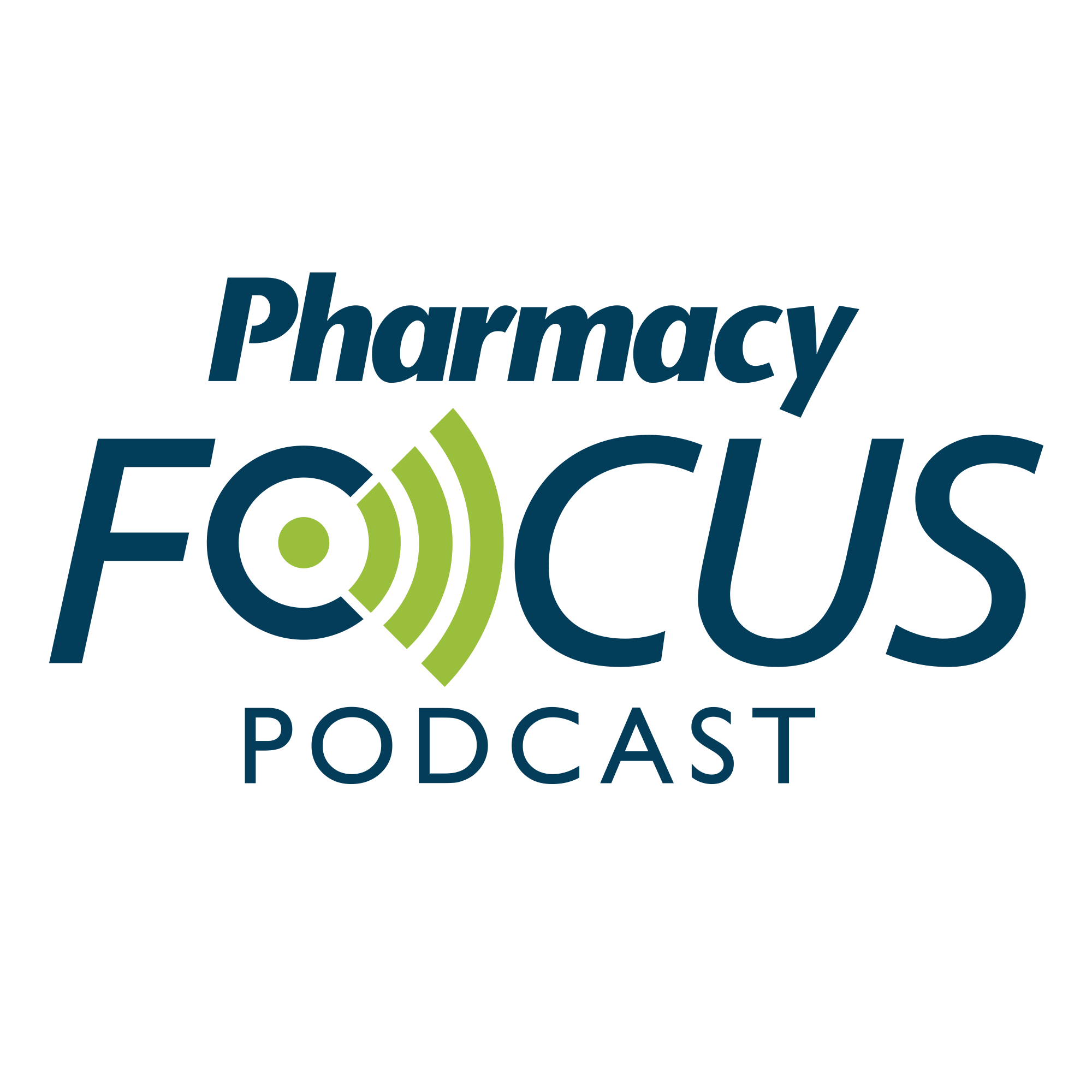Publication
Article
Pharmacy Times
Farxiga by AstraZeneca and Bristol-Myers Squibb Company
Author(s):
The FDA has approved AstraZeneca and Bristol-Myers Squibb Company’s Farxiga (dapagliflozin) as an adjunct to diet and exercise to improve glycemic control in adults with type 2 diabetes mellitus. The approval carries the limitation that Farxiga is not to be used for treatment of type 1 diabetes mellitus or diabetic ketoacidosis.1 More than 24 million Americans are affected by diabetes, and more than 90% of all new diabetes cases diagnosed are type 2.2 Farxiga has already been approved in 40 countries outside the United States, where it is marketed as Forxiga.3
Pharmacology and Pharmacokinetics
Farxiga is a sodiumglucose cotransporter 2 (SGLT2) inhibitor. SGLT2 is expressed in the proximal renal tubules and is responsible for the majority of the reabsorption of filtered glucose from the tubular lumen. By inhibiting SGLT2, Farxiga reduces the reabsorption of filtered glucose and lowers the renal threshold for glucose, resulting in an increase in urinary glucose excretion.
The elimination of Farxiga is primarily renal. Its pharmacokinetics are not affected by age, gender, race, or body weight.1
Dosage and Administration
Treatment with Farxiga should be initiated as 5 mg orally once daily in the morning, taken without regard to food. The dose may be increased to 10 mg once daily for patients tolerating the 5-mg dose but in need of additional glucose control.
Volume depletion should be corrected in patients before initiation of treatment with Farxiga. Renal function should be assessed prior to beginning treatment with Farxiga and periodically thereafter. Treatment with Farxiga should not be (1) initiated if the estimated glomerular filtration rate (eGFR) is less than 60 mL/min/1.73 m2 or (2) continued if the eGFR falls persistently below 60 mL/min/1.73 m2.1
Clinical Trials
The safety and efficacy of Farxiga were evaluated in 24 clinical trials involving more than 11,000 patients.3 It has been studied both as monotherapy and in combination with other medications, including metformin, pioglitazone, glimepiride, sitagliptin, and insulin. In clinical trials, Farxiga demonstrated statistically significant improvements in mean change in glycated hemoglobin after 24 weeks compared with a control.1,2
Contraindications, Warnings, and Precautions
Farxiga is contraindicated in patients with a history of serious hypersensitivity to Farxiga, severe renal impairment, end-stage renal disease, or dialysis.
Farxiga causes intravascular volume contraction, which may lead to symptomatic hypotension, especially in patients with renal impairment, elderly patients, or patients using diuretics. Volume status should be confirmed, and hypovolemia should be corrected prior to initiation of treatment with Farxiga. Renal function should be monitored before beginning, and throughout, treatment with Farxiga. To reduce the risk of hypoglycemia, patients using insulin or an insulin secretagogue in combination with Farxiga may require a lower dose of the insulin or insulin secretagogue.
Farxiga increases the risk of genital mycotic infections, so patients should be monitored and treated appropriately.
An increase in the low-density lipoprotein cholesterol (LDL-C) level may occur during treatment with Farxiga. The LDL-C level should be monitored, and elevations should be treated per the standard of care.
Patients with active bladder cancer should not use Farxiga, and it should be used cautiously in patients with a history of bladder cancer.
No clinical studies have established conclusive evidence that treatment with Farxiga, or any other antidiabetic medication, will reduce the macrovascular risks of diabetes.
Farxiga is Pregnancy Category C. It should not be used in women who are breast-feeding.
The most commonly reported adverse reactions (≥5%) were female genital mycotic infection, nasopharyngitis, and urinary tract infections.1
Dr. Holmberg earned her PharmD from the University of Connecticut and completed an ambulatory care residency at the Phoenix VA Healthcare System. Her practice has also included pediatrics and inpatient mental health. She resides in Phoenix, Arizona.
References
1. Farxiga [package insert]. Princeton, NJ: Bristol-Myers Squibb Company; 2014.
http://packageinserts.bms.com/pi/pi_farxiga.pdf. Accessed May 2014.
2. FDA approves Farxiga to treat type 2 diabetes. www.fda.gov/NewsEvents/Newsroom/PressAnnouncements/ucm380829.htm. Accessed May 2014.
3. US FDA Approves Farxiga (dapagliflozin) tablets for the treatment of adult patients with type 2 diabetes. http://news.bms.com/press-release/rd-news/us-fda-approves-farxiga-dapagliflozin-tablets-treatment-adult-patients-type-2-#sthash.qrsQRjXD.dpuf. Accessed May 2014.







